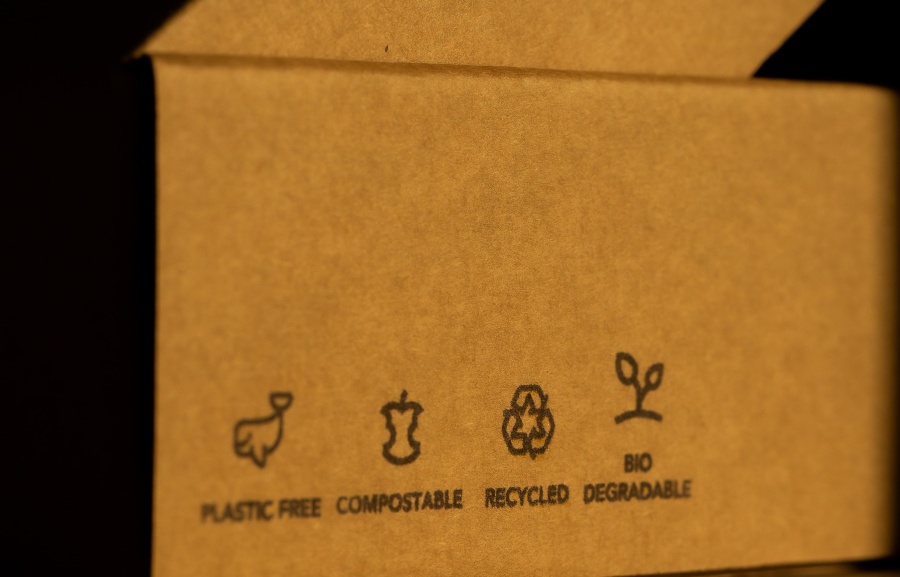
Countries are establishing sustainability regulations to decarbonize their energy sectors. Governments are reducing emissions by using fewer fossil fuels. Regions may maintain sufficient energy supplies by replacing fossil fuels with renewable energy sources.
Adopting a decarbonized energy grid requires advanced technological support. Many manufacturers rely on fuel cells to power devices and facilities with continuous renewable electricity. Producers must find sustainable packaging methods for fuel cells to meet global sustainability goals.
The Rise of Renewable Packaging
More companies are increasing the sustainability of their packaging to minimize pollution. Connecticut, Maine, Delaware, Oregon, and New York banned plastic bags to promote sustainable packaging alternatives. The material regulation frees landfill space and reduces marine microplastics.
Microplastics adversely affect aquatic species’ health. Ingesting the material can block creatures’ gastrointestinal tracts, causing starvation. Countries formed organizations like the Plastic Pollution Coalition to protect targeted marine organisms from microplastics.
The coalition regulates pollution and helps companies find low-impact plastic alternatives. Businesses are adopting renewable packaging to access economic and environmental benefits. A product’s packaging materials contribute to its carbon footprint.
Eco-consumers solely purchase sustainable goods, impacting companies’ sales. Sustainable customers also make up a significant portion of the consumer market. Fuel cell manufacturers can shrink their carbon footprints and cater to eco-consumers by improving packaging sustainability.
Fuel Cells in the Packaging Sector
Fuel cells support sustainable packaging in two ways. Manufacturers can produce eco-friendly packaging materials using fuel cell energy to reduce greenhouse gas emissions. Minimizing emissions may prevent adverse climate change effects.
Sustainable packaging also reduces fuel cells’ environmental impacts. Fuel cell manufacturers are using low-impact materials to protect their products through transportation. Some companies are packaging fuel cells in bioplastic to reduce marine pollution.
Bioplastic is biodegradable and minimizes individuals’ reliance on petroleum. The sustainable packaging material is also strong and can protect fuel cells throughout shipping.
Another eco-friendly packaging alternative derives from mushrooms. Mushroom-based packaging is renewable and Cradle to Cradle gold certified. The material acts as a Styrofoam alternative, freeing up landfills. Adopting sustainable fuel cell packaging materials helps companies abide by sustainability standards.
Corporate Responsibility’s Impacts
Many countries are holding corporations responsible for their pollution under corporate responsibility acts. Companies must remain conscious of their ecological, social, and economic impacts under corporate responsibility. They also must adopt sustainable energy and materials to shrink their carbon footprints.
Environmentally responsible companies also meet eco-conscious consumer demands. They may adopt other sustainable packaging options to lower their products’ impacts.
Other Sustainable Packaging Options
Businesses can reduce environmental degradation by utilizing reliable materials. A product’s longevity significantly contributes to its sustainability. Dependable materials and products decrease manufacturing demands over time.
Manufacturers may also use refillable packages to reduce landfill waste and production emissions. Some companies like Keurig and Ecco Bella re-collect and refill their customers’ packages. Other businesses reduce package-related pollution by manufacturing packages with solar power.
Creating packages with solar power or developing cases with built-in panels can shrink products’ carbon footprints. Manufacturing companies account for a significant amount of greenhouse gasses. Shrinking the sector’s footprint could improve global sustainability.
The Fuel Cell Industry’s Future
Finding sustainable fuel cell packaging options is essential to the industry’s future success. Environmental engineers are building fuel cell vehicles and other devices to decarbonize the energy sector. Improving packaging sustainability can help society access eco-conscious fuel cell technologies.


Jane Marsh, Contributor
The views and opinions expressed herein are those of the authors and do not necessarily reflect the official policy or position of Fuel Cells Works, its directors, partners, staff, contributors, or suppliers. Any content provided by our contributors or authors are of their own opinion and are not intended to malign any religion, ethnic group, club, organization, company, individual or anyone or anything.
Read the most up to date Fuel Cell and Hydrogen Industry news at FuelCellsWorks




